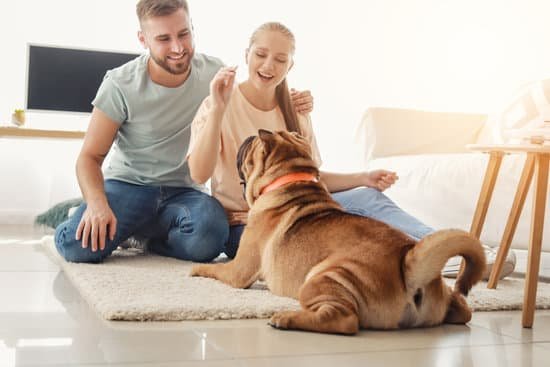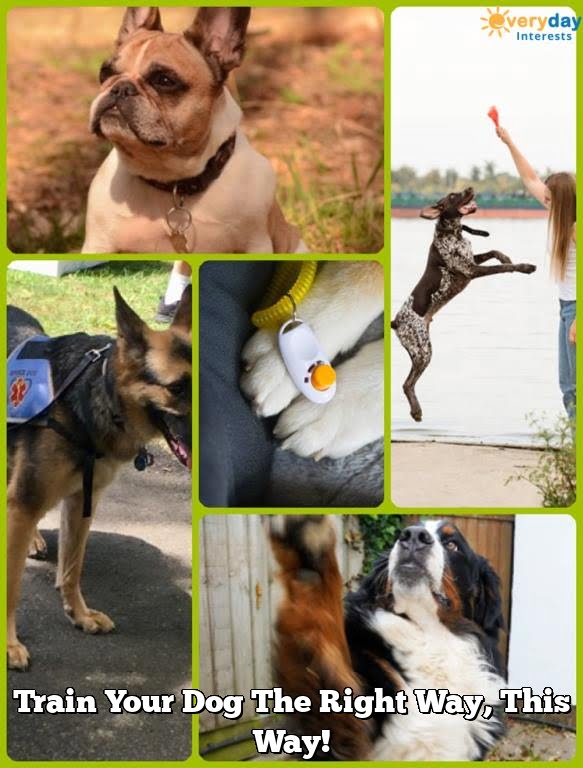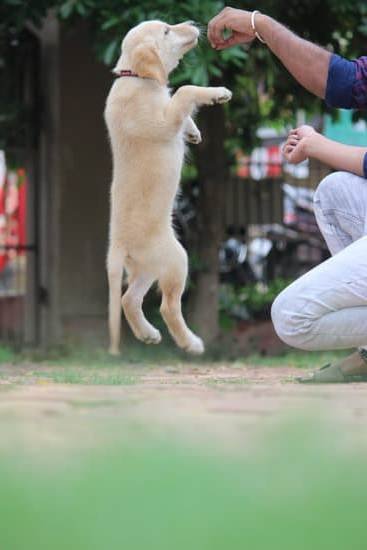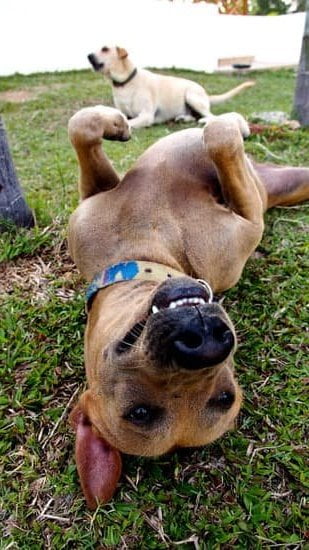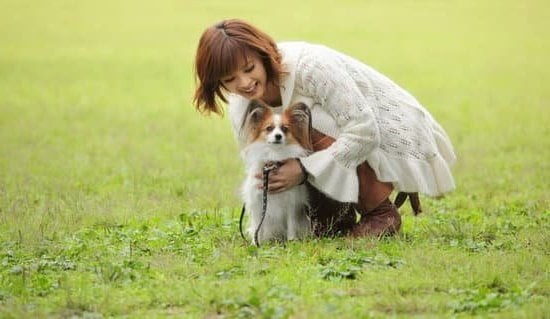There’s no one-size-fits-all answer to the question of how to crate train an older dog, as the method that works best for one pooch may not be the best for another. However, there are a few general tips that can help make the process smoother for both you and your furry friend.
First, it’s important to remember that crate training should never be used as a punishment. Dogs naturally want to please their humans, so if they think that being placed in the crate is a bad thing, they’re likely to start associating the crate with negative feelings and will be less likely to want to go in there on their own.
Instead, crate training should be introduced as a positive experience. When your dog is calm and relaxed, give him a treat and put him in the crate. He’ll likely start to associate the crate with good things and will soon learn to love spending time in there.
Another thing to keep in mind when crate training an older dog is that some may be hesitant to go into the crate at first. If your dog is hesitant, start by placing treats or toys just inside the crate so he can see that there’s nothing to be afraid of. Gradually move the treats and toys closer to the back of the crate until your dog is comfortable going all the way in.
It’s also important to make sure that the crate is the right size for your dog. He should have enough room to stand up and turn around, but not so much room that he can potty in one corner and sleep in the other.
If you follow these tips, crate training an older dog can be a relatively easy process. With a little patience and persistence, your dog will soon be happily spending time in his very own crate.
How To Puppy Pad Train An Older Dog
It can be a challenge to puppy pad train an older dog, but with patience and perseverance it can be done. The first step is to make sure that your dog is eliminating regularly outdoors. If your dog is not eliminating regularly, you will need to take him or her to the vet to rule out any medical issues. Once you have confirmed that your dog is eliminating regularly, you can begin the puppy pad training process.
The key to successfully puppy pad training an older dog is to make the process as easy and stress-free as possible. Begin by placing a puppy pad in an easily accessible location, such as near your dog’s bed or food bowl. If your dog has accidents, immediately replace the puppy pad with a fresh one. Reward your dog with treats and positive reinforcement when he or she eliminates on the puppy pad.
If your dog is resistant to using the puppy pad, start by placing him or her on the pad for a short period of time and gradually increase the amount of time your dog spends on the pad. Be sure to praise your dog when he or she eliminates on the pad. If your dog has an accident outside of the puppy pad, do not punish him or her. Simply clean up the mess and continue training as usual.
It may take a little bit of time, but with patience and consistent training, you can successfully puppy pad train an older dog.
Training An Older Dog Not To Pull On The Leash
Many people find themselves with an older dog that has been used to pulling on the leash and may now be difficult to handle. The good news is that this behavior can be corrected with patience and consistency.
The first step is to begin leash training as if the dog has never pulled before. When the dog pulls, stop and wait for them to calm down before continuing. It may help to have a friend or family member help with this process by walking the dog on the other end of the leash.
It’s also important to set rules and boundaries for the dog. If they are allowed to pull on the leash in the house, they will continue to do so when taken for a walk. Make sure to have them sit or stay until they are released before allowing them to move forward.
Reinforcing good behavior with treats and positive reinforcement is also key. When the dog walks calmly by your side without pulling, reward them with a treat or positive words. This will help them to associate good behavior with positive outcomes.
With patience and dedication, it is possible to train an older dog not to pull on the leash. It will take time and effort, but the end result is a well-behaved and manageable dog.
Is It Possible To Crate Train An Older Dog
?
Yes, it is possible to crate train an older dog. However, it is important to keep in mind that an older dog may not be as adaptable to crate training as a younger dog. It is also important to be aware that an older dog may have health issues that could make crate training difficult or even dangerous.
If you decide to crate train an older dog, it is important to take things slowly. Older dogs may not be as agile as younger dogs, so you will need to be patient in getting them used to the crate. You may also need to help them get up and down from the crate, as they may not be able to do this themselves.
If your older dog has any health issues, you will need to take these into account when crate training. For example, if your dog has a heart condition, you will need to make sure that they are not confined to the crate for too long, as this could be dangerous.
If you are able to crate train an older dog, it can be a great way to keep them safe and comfortable when you are not able to be with them. Just be sure to take into account any health issues your dog may have, and be patient in getting them used to the crate.
Can You Train A Older Dog
Yes, you can train an older dog. Just because your dog is a little bit older, that doesn’t mean that you can’t train him or her. In fact, older dogs can often be easier to train than younger dogs, because they are more likely to be obedient and responsive to commands.
There are a few things to keep in mind when training an older dog, however. First, you may need to adjust the training methods that you use, since older dogs may not be as physically able as younger dogs. You may also need to be more patient, and take the time to train your dog gradually, step-by-step.
One of the best ways to train an older dog is to use positive reinforcement. This means rewarding your dog for good behavior, with treats, praise, or petting. This will help your dog to associate good behavior with positive outcomes, and will make training easier for both of you.
If you are patient and use positive reinforcement, you can successfully train an older dog. Just remember to be gentle and to take the time to adjust your training methods to fit your dog’s needs.

Welcome to the blog! I am a professional dog trainer and have been working with dogs for many years. In this blog, I will be discussing various topics related to dog training, including tips, tricks, and advice. I hope you find this information helpful and informative. Thanks for reading!

